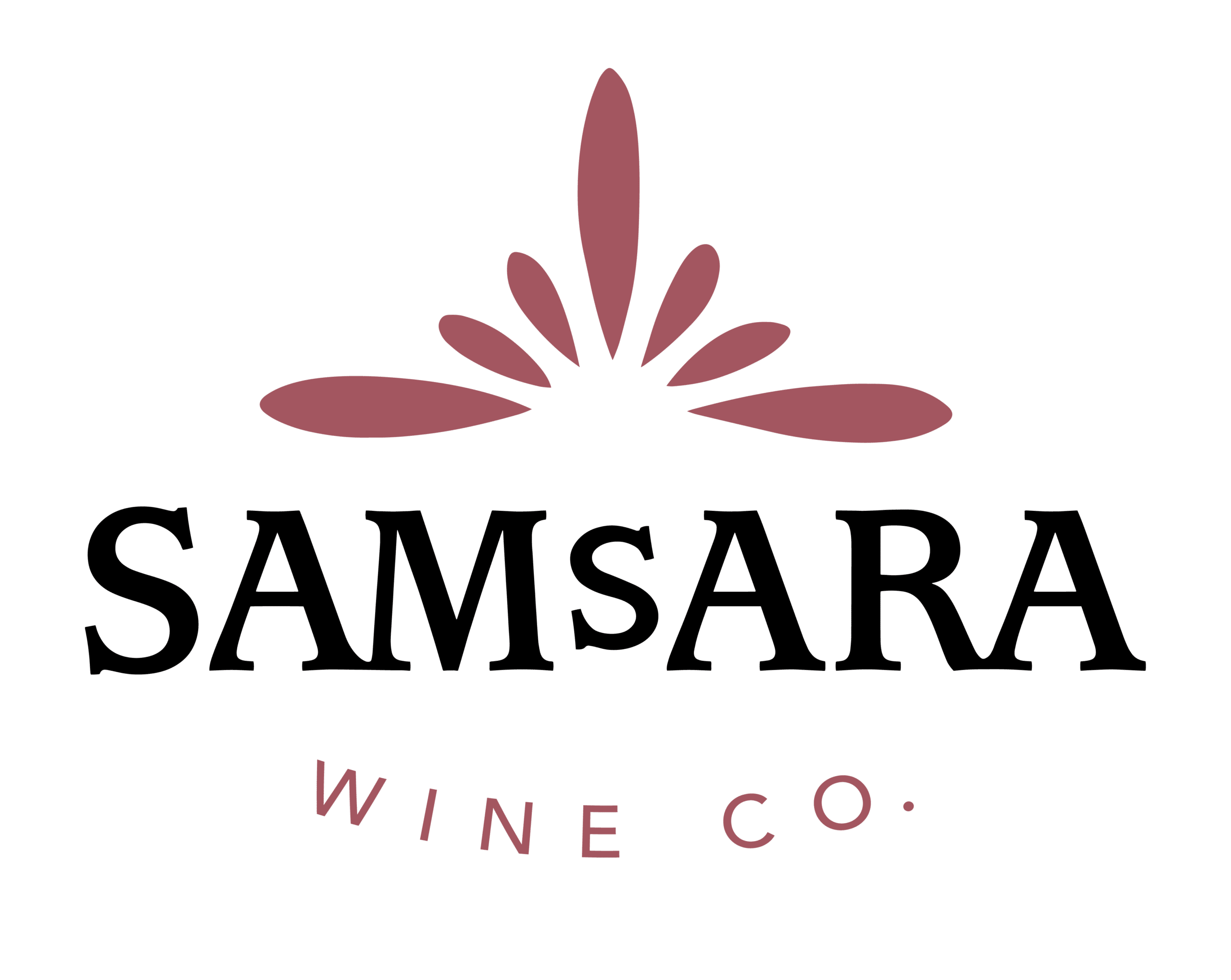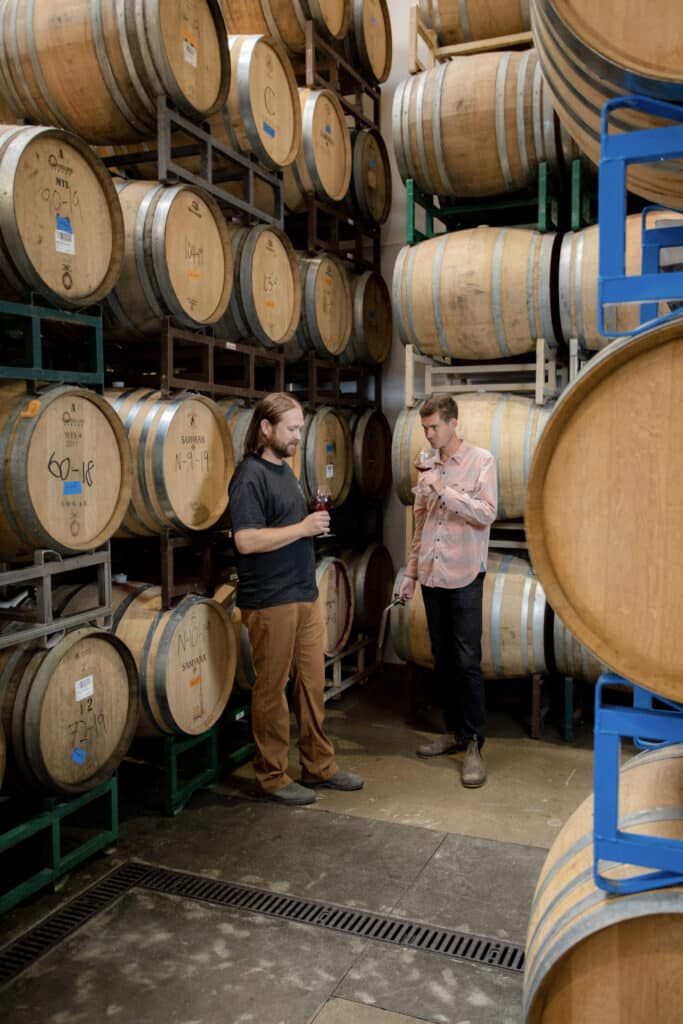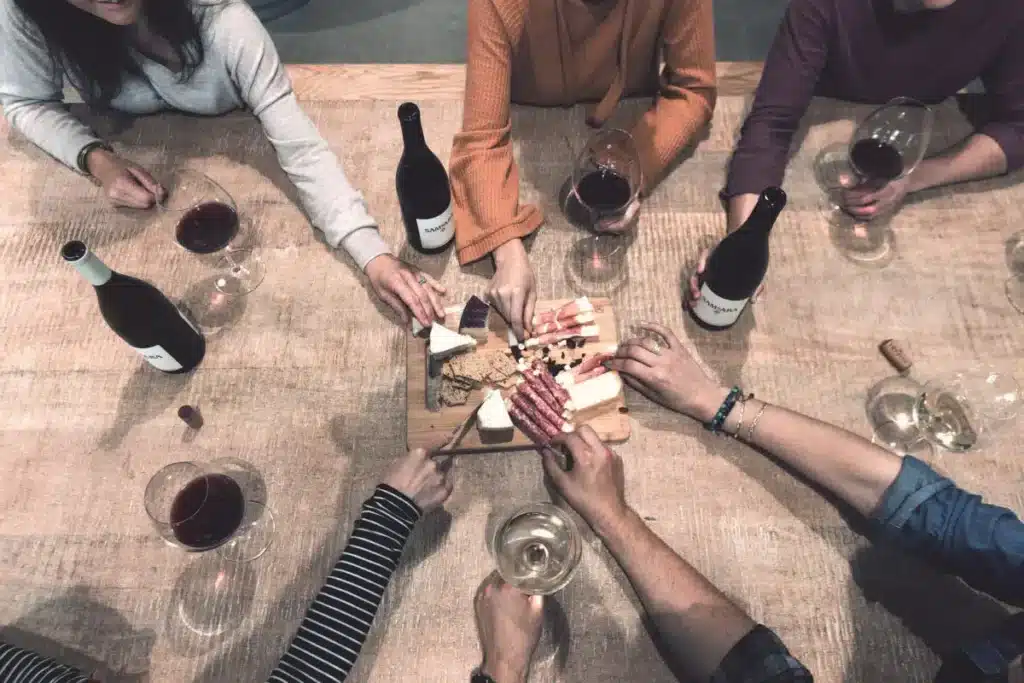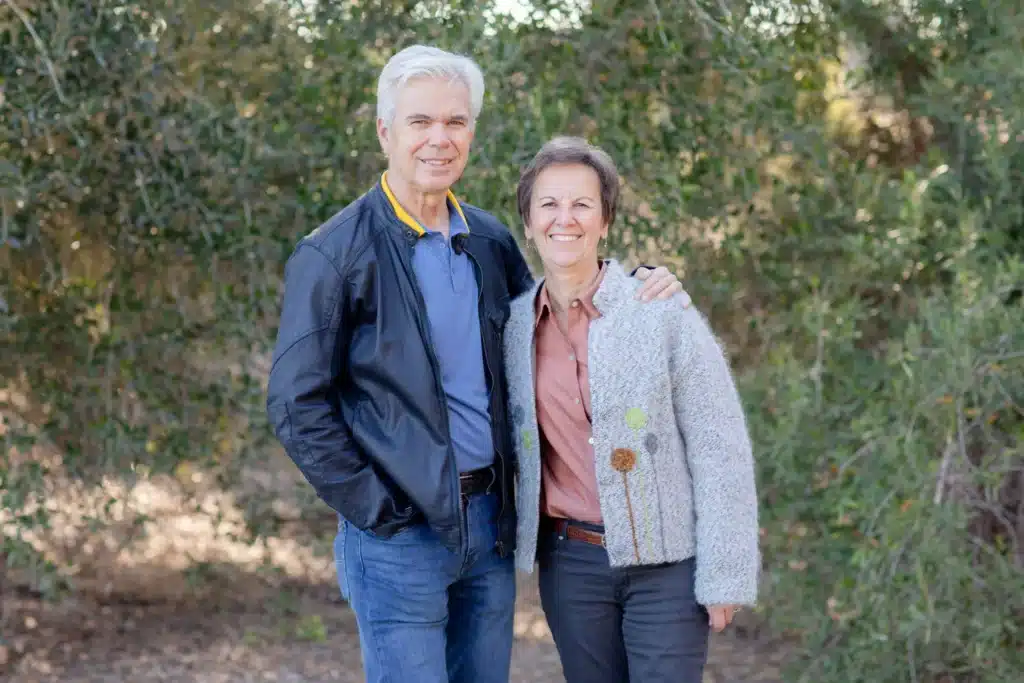No products in the cart.
Which SAMsARA Bottle Should I Open Next?

SAMsARA is known for producing age-worthy wines. As we produce around 20 different wines and offer many older vintages, many people ask us when is the best time to drink these wines.
It is our pleasure to share with you the SAMsARA vintage chart which displays the stage of maturity of our various wines and can help you decide when to drink each one.
Over the years, our team has carefully evaluated each wine during its aging process to identify the best drinking windows. We strive to make wines that taste good when they are young, but also develop complex flavors and aromas as they age.
While we feel this vintage chart is a helpful guide, you may also have your own preferences for younger or more mature wines. So please download the chart and see how you think we did in assessing the best time to drink our wines.
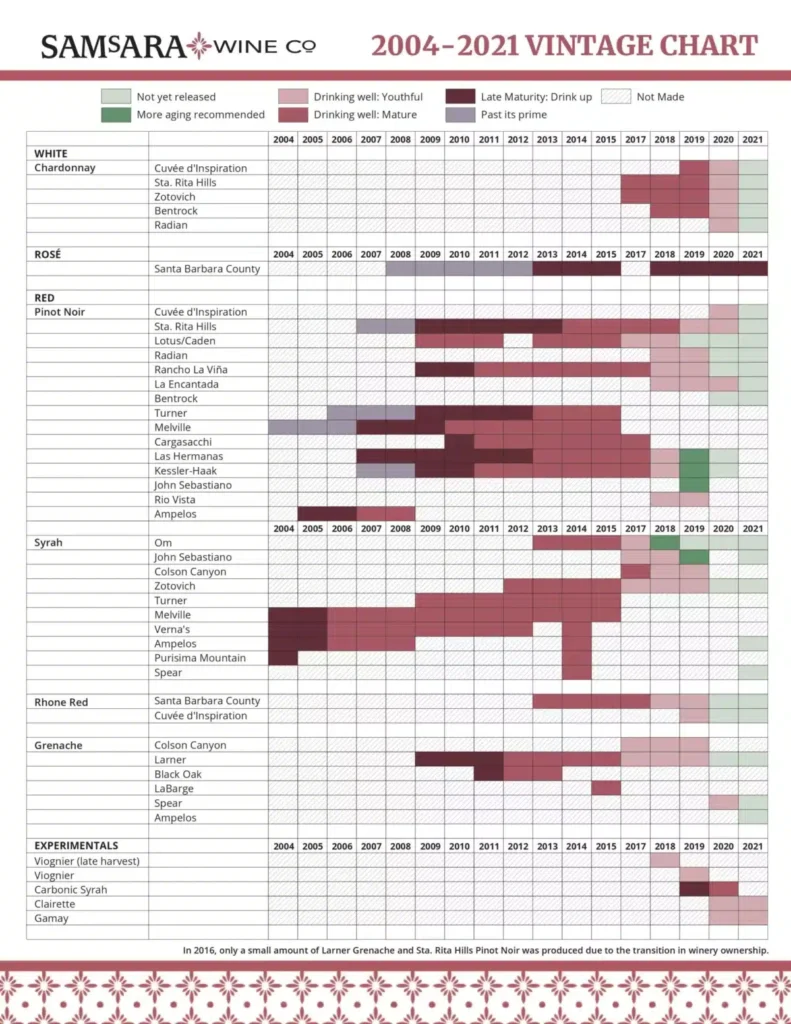
Aging wine is a complex subject and often comes up in the tasting room! Here are some of the most frequent questions we receive.
Does every wine have the potential for aging?
No. Actually, a big “No”.
Kevin Zraly’s best-selling book “Windows on the World Wine School” states that 90% of all the wines made in the world are meant to be consumed within one year, and less than 1% of the world’s wines are meant to be aged for more than 5 years.
Only wines made from great vineyards have the tannin and acid structure to last many years. Appropriate winemaking practices must be applied to create wines that can improve with time in the bottle (Read more about our winemaking practices).
SAMsARA wines are made with grapes from vineyards with exceptional aging potential. They are crafted to be approachable young but certainly to age well across the board.
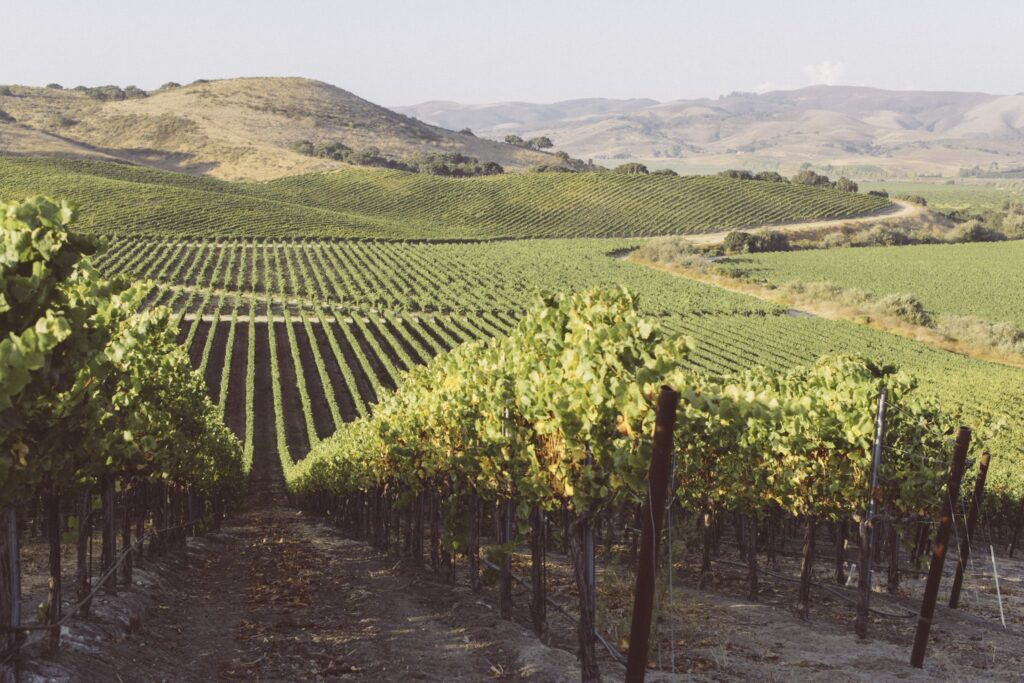
How does wine change with age?
With age, the color and aromas/flavors change.
The color of a white wine will become gold, while a red wine will gradually become paler and reddish-brown. An older red wine will have more rim variation (greater color difference between the core of the glass and the edge of the glass). The color at the edge is usually garnet or orange.
Fresh fruit flavors become more dried fruit, and flavors such as mushroom, hay, dried flowers or tree nuts start to develop. Many wine lovers enjoy the complexity delivered by these additional flavors.
Why can red wines age longer than white wines?
Red wines have tannins that give them the capacity to age much longer than white or rose wines. Over time these tannins may soften and integrate so that they are more subtle on the palate. We find that although our red wines age consistently for decades, our Chardonnays also hold up and evolve beautifully with cellaring.
What is bottle variation – and why does it exist?
When newly bottled, all bottles of a particular wine will taste the same. After a few years, however, there can be significant bottle variation, mainly due to minor differences in oxygen permeability of the cork closures. Traditional corks are natural products and therefore there is some variation.
Corks used by SAMsARA are made with 100% natural cork that has been processed and composited to maximize consistency and eliminate potential cork taint. This consistency ensures a precise rate of oxygen transmission through the cork, drastically reducing bottle variation for SAMsARA wines.
Are SAMsARA wines at risk of cork taint?
Cork taint is experienced as the unpleasant smell of wet cardboard. It is caused by the TCA compound (2,4,6-trichloroanisole) that can develop when natural cork comes into contact with anti-microbial chlorinates. At one point, experts believed that up to 5% of all wine bottles sold worldwide were affected by cork taint.
SAMsARA has used DIAM corks since the 2010 harvest. DIAM is a French company that has developed a process to reliably remove the dreaded TCA compound. These corks provide ideal aging conditions for our wines and we’ve NEVER had a corked or tainted bottle since switching to DIAM corks!
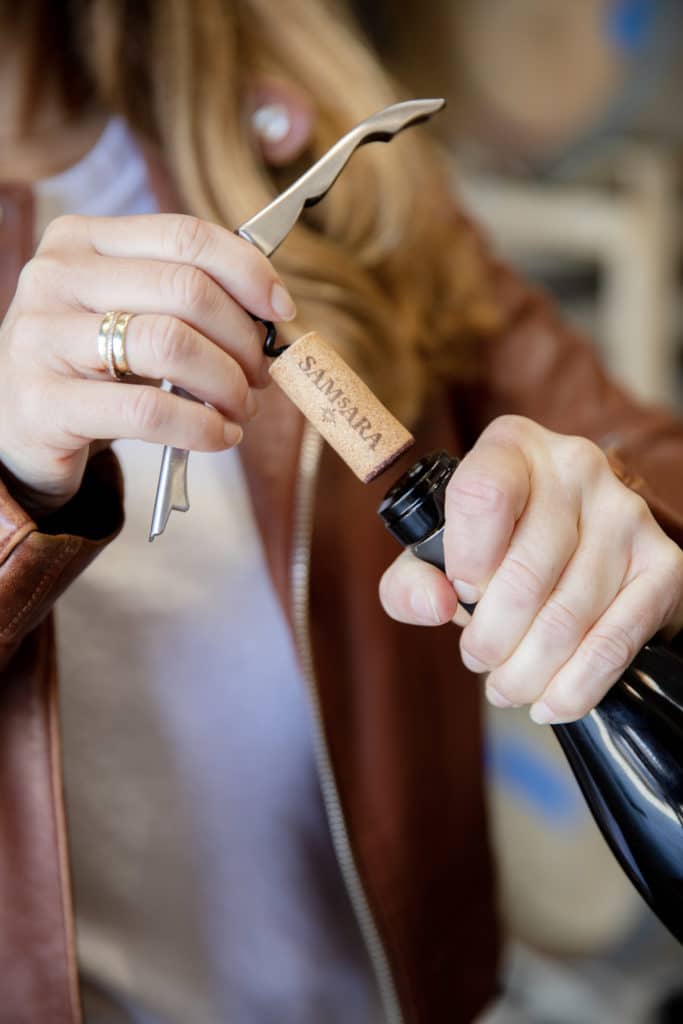
What are appropriate storage conditions for SAMsARA wines?
Like any other high-quality wines intended for aging, SAMsARA bottles prefer constant, cool temperatures (approximately 55 F) while lying on their sides to prevent the corks from drying out and letting large amounts of oxygen inside the bottle. Make sure there are no sources of light or vibration.
Although the kitchen may be where many wine bottles are opened, it is not a good place for storage as there are often large temperature variations due to ovens and cooking ranges.
Does wine in larger bottles age more slowly?
Yes, and therefore we release some of our wines in magnum format. Large-format bottles have a greater volume of wine with the same amount of oxygen passing through the cork as a 750ml bottle. So the ratio of wine to oxygen is greater in a larger bottle, enabling the wine to age more slowly due to less exposure to oxygen.
Which Samsara wines age the best?
We think our Syrahs are the most impressive older wines, as they are usually the most structured. As time goes by, their tannins become fine-grained and mouth-coating and create an extraordinary textural experience.
Our Pinots also age wonderfully and gain interesting notes of dried florals, black tea, dried leaves, sage and cigar box. The Pinots from warm vintages become softer and more delicate with age as their primary fruit notes begin to give way to more subtle flavors.
Do you have any experiences with aged SAMsARA wines you want to share with us?
Our passion for our wines does not end when they leave our winery. If you want to share your experience, please send us a message.
